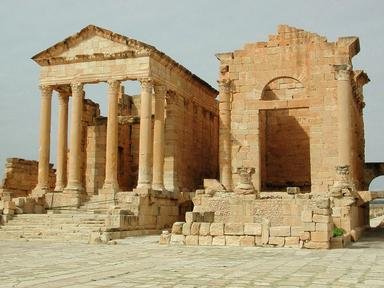Quiz Answer Key and Fun Facts
1. A research team from Canada found some startling pre-history evidence in 2007, near Lake Niassa in Mozambique. What was found?
2. The first known race of people, the San, migrated into the area now known as Mozambique before the time of Christ. What better known term are the San people known as?
3. The first European to reach Mozambique was a Portuguese explorer in 1498. What was his name?
4. Mozambique became one of the six Portuguese colonial territories in Africa as a result of Vasca de Gama's voyage in 1498. Which of the following African countries was *NOT* colonised by the Portuguese?
5. While Portugal had claimed Angola and Mozambique, they in fact controlled only a few coastal settlements in each colony. Lisbon then produced the Pink Map (sometimes known as the Rose-coloured Map). What was the intent of this bold statement?
6. After the Pink Map of 1885 failed, who provided much of the infrastructure needed in Mozambique?
7. Mozambique's rebellion against its colonial oversight was typical of the collective African need for independence from European masters. Mozambique achieved its independence quite late relative to its counterparts. In what year did Mozambique achieve independence?
8. Soon after independence, another massive event occurred in Mozambique. What was this event?
9. The Mozambique capital was called Lourenço Marques whilst under Portuguese rule. What is the capital called after independence?
10. Perhaps the best history lesson can be learned through its national flag. What is an almost unique feature that the Mozambique flag shares with the flags of Haiti and Guatemala?
Source: Author
1nn1
This quiz was reviewed by FunTrivia editor
gtho4 before going online.
Any errors found in FunTrivia content are routinely corrected through our feedback system.
